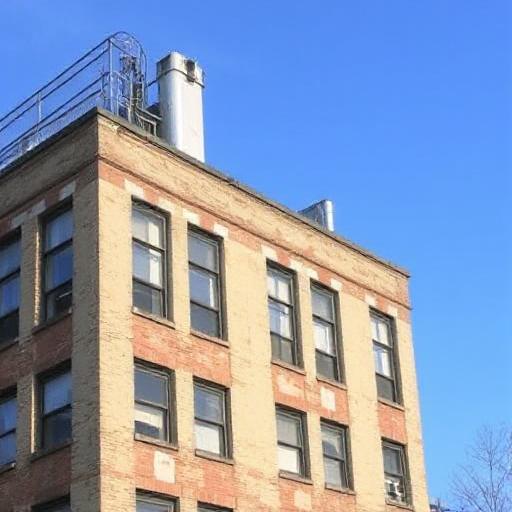Streamlining HVAC Retrofits in Older Buildings: Your Guide to Energy Efficiency
Hey there! If you’re involved in managing older buildings, you’ve probably noticed an uptick in the demand for HVAC retrofits. With aging infrastructure, soaring energy costs, and stricter environmental regulations, it’s more important than ever to ensure these systems are operating efficiently. This post will walk you through the ins and outs of streamlining HVAC retrofits in vintage properties, helping you save energy and improve indoor air quality.
Why HVAC Retrofits Are on the Rise
In recent years, the push for HVAC retrofits in older buildings has surged. Aging infrastructure isn’t just a headache; it can be a financial drain. But here’s the good news: energy savings from HVAC retrofits can average a whopping 16%, with some buildings seeing improvements up to 31% annually. So, not only are retrofits necessary, they’re also a smart investment.
Smart Controls and System Integration
One of the driving forces behind the growth of the HVAC retrofit market is the adoption of smart controls and system integration. Devices like the Ruud Econet 800 Series Smart Thermostat use real-time data to optimize HVAC performance. This technology not only boosts energy efficiency but also makes older infrastructure more reliable.
Energy Savings and Cost-Effectiveness
Did you know that a typical retrofit can save about 1,340 kWh annually, translating to roughly $2,750 in life-cycle benefits? However, the cost-effectiveness can vary, especially in severe climates. That’s why careful project screening and quality control are crucial. Always consider government incentives and rebates that make these upgrades more financially viable.
Improving Indoor Air Quality and System Effectiveness
Another major benefit of retrofitting is the improvement in indoor air quality. Modern air filtration, like 20x25x4 MERV 13 pleated filters, along with advanced ventilation controls, can significantly enhance both air quality and system effectiveness. This is a win-win for you and everyone who uses the building.
- Retrofit demand in older buildings is increasing due to aging infrastructure and energy costs.
- Average energy savings from HVAC retrofits can reach 16% annually.
- Smart controls and system integration are key to improving efficiency.
- Improving indoor air quality is a significant benefit of HVAC retrofits.
- Government incentives can make retrofits more cost-effective.
Conclusion
In conclusion, HVAC retrofits in older buildings aren’t just a trend—they’re a necessity. By integrating smart technologies and focusing on energy efficiency, you can significantly reduce costs and improve occupant comfort. Remember, every improvement counts when it comes to making old buildings feel like new.
Ready to take the next step? Contact us today to learn more about how we can help streamline your HVAC retrofit project!
FAQ: HVAC Retrofits in Older Buildings
What are the benefits of HVAC retrofits for older buildings?
HVAC retrofits can significantly reduce energy costs, improve indoor air quality, and ensure compliance with environmental regulations.
How do smart controls enhance HVAC retrofits?
Smart controls optimize HVAC system performance using real-time data, improving energy efficiency and system reliability.
Are there financial incentives for HVAC retrofits?
Yes, government incentives and rebates can make HVAC retrofits more financially viable, especially in older buildings.
How can I improve indoor air quality in older buildings?
Using modern air filtration systems and advanced ventilation controls can significantly enhance indoor air quality.
What challenges does the HVAC industry face in 2025?
The industry could face a technician shortage of 225,000, which might impact the speed and quality of retrofit projects.


